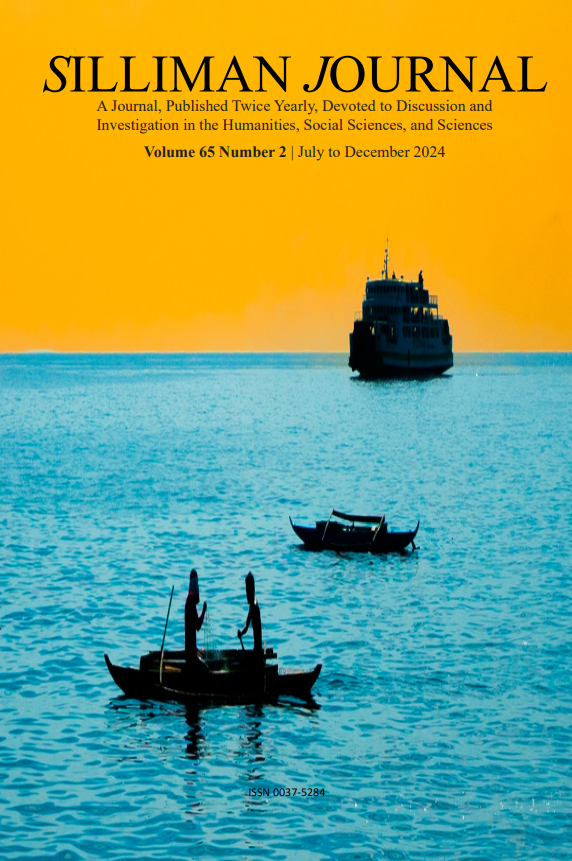A Geochemical Investigation and Review of Hydrogeology of the Dumaguete Aquifer
Keywords:
Dumaguete aquifer, Dumaguete hydrogeology, Dumaguete environmental, groundwater pollution, Dumaguete groundwater, groundwater physico-chemical characteristics, Dumaguete drinking waterAbstract
The unconfined nature of the Dumaguete aquifer and urbanization with mixed agricultural-commercial-industrial uses pose risks of groundwater contamination. Upland geothermal waters and the absence of municipal sewage treatment and landfill facilities add to such risks. Other contaminant sources include hydrothermally-altered volcanic rocks, septic tanks, sewer pipes, sewage ditches, polluted creeks, and subsurface saltwater lenses.
A review of hydrogeology and a geochemical investigation of the aquifer were conducted for this study. Samples from six barangays (five wells and a spring) were analyzed for temperature, pH, electrical conductivity (EC), total dissolved solids (TDS), dissolved oxygen (DO), salinity, arsenic, cadmium, lead, mercury, nitrate, chloride, phosphate, sulfate, and ammonium. Coliform analysis was added. Statistical evaluation included kriging to map contaminant concentrations. Supplementary TDS, EC, and salinity data were collected from 22 wells and springs.
Higher levels of pH, TDS, EC, salinity, and sulfate were found in the northeast section of the city, with TDS exceeding regulatory standards in barangay Bantayan. Arsenic was borderline in Daro and detected in Batinguel. Chloride in Calindagan was an outlier (although below regulatory levels); nitrate levels exceeded standards at four sites; phosphate exceeded standards at all sites. High coliform counts were detected at three sites. Five sites had low DO levels. Groundwater monitoring and modeling are warranted for the sustainability of the aquifer.


